FROM DISCARDED TO DESIRED

Coveted Canines, based in Toronto, Ontario, is a not for profit rescue organization that focuses on dogs that are at high risk of being euthanized, and those that are vulnerable to abuse.
The organization, run entirely by volunteers, believes there is a home for all the dogs they bring into rescue, and they pride themselves on matching their dogs with the right people.
Instead of placing dogs in a shelter, they are fostered in homes where they are made to feel safe, begin to trust people and learn critical socialization skills. Once comfortable in a home environment, the dogs flourish, and their personalities and quirks observed and shared with potential forever families.
COVETED CANINES FIND THE PERFECT, FOREVER HOME FOR EACH DOG IN THEIR CARE
How do they ensure the perfect match?
Spending quality time with the dogs, in their foster homes, allows foster parents to get to know the dogs, and that experience helps them create honest, and detailed profiles about each dog.
Carly Werle, one of the organizations three founders, states:
Full disclosure MUST be given to potential adopters
No one benefits unless there is complete transparency. The volunteers are busy, and the dogs have been through enough negative experiences, without being set up for another failure.
Cooper is an example of an adoptable dog, who, without an honest profile, may find himself right back in the shelter system through no fault of his own.

Photo taken from profile
COOPER
Italian Greyhound & Chi Mix | 4 years approximate age (likely younger)
Male | 7 lbs
#emptyontarioshelters
Temperament: Happy, playful, fun!
Activity: High – moderate.
As well as pointing out all of his wonderful, positive attributes, Cooper’s profile outlines points that may be of concern to potential adopters: He is good with other, small dogs, and, although he walks well on a leash, he can be reactive while on leash. He has a high prey drive, so, likely not good with cats.
That said, Cooper is very good with the sanctuary cockatoos that freely walk around. He is vocal – condo or apartment living is not appropriate for Cooper.
COOPER’S BIO MAY CHANGE AS WE GET TO KNOW HIM BETTER.
Another little sassy/napoleon syndrome/spoiled rotten Chi mix in need of rescue! For all of you small dog lovers out there he is what you call DELICIOUS. Itsy bitsy, longgggg legs, compact little bod….are you Chi lovers swooning yet? Or at least drooling?
Although Cooper is not great with guys initially, has leash reactivity and is not great with all large dogs…it turns out he’s a little socialite with most humans and small dogs (and even some large dogs). With guys, he needs some adjustment time but after he feels safe really does prefer men (and loves woman too!). He enjoys cuddles and scratches like all day long if you have the time to adorn him with that much time and affection. While he can sometimes be an angry little man to some new people, he is MP (Mister Perfection) with everyone else. He will definitely need an EO (Experienced Owner) and an older child home.
He is potty trained, walks well on a leash (minus the leash reactivity), is crate trained, very food motivated and is loving his time at the sanctuary where he gets to socialize with doggies 24/7. You won’t find a more loving or cuddly dog anywhere!
If this little man with big man syndrome is what you are looking for, please click here to fill out an application online.
All too often, the relevant information is left out of profiles, and adopters find themselves paying additional veterinary expenses, or dealing with undisclosed behavioral issues. The profile must also be respected by potential adopters. Some rescues will charge a rescue fee of $700 for a dog, and the adopters later discover surgery or medications will be required.
In addition to providing a thorough, and honest profile, applications are reviewed thoroughly, references contacted, and vet checks and home visits completed. Depending on the location, the organization may reach out to another, trusted rescue for assistance with home visits. Carly feels that home visits are the most crucial part of the process; they reveal so much more than what is written on the application. If a profile states ‘Prefers a home without children, ‘ it’s probably not the best idea for doting grandparents, or potential parents to apply to adopt the dog.
During one home visit, we determined a couple who had applied for one such dog, were, in fact, hoping to start a family
Coveted Canines do adopt out of the GTA; however, potential adopters must drive to the dog’s foster home to meet them, and then again to pick them up once they are approved. It’s a great way to screen people to see their level of commitment. The Coveted Canines team is equally devoted to the process and have crossed the border to do a home visit in the U.S.
Carly believes rescue organizations need to create a village.
We need to build a community of like-minded individuals and educate each other by sharing our experiences and resources
Carly is referring to a community that includes: rescue organizers, foster parents, adoptive families, potential adopters, fellow educators; including, veterinarians, and not excluding members of the public that share a passion for dogs, and want to learn and help find loving homes for the dogs. A rescue organization should provide support to adoptive families, during and after the adoption process. This community may also include potential surrenders:
Educating people about the welfare of animals, and providing support through what is often a difficult decision, may mean the difference between people choosing to surrender to rescues, versus having them euthanized, posting them on Kijiji, or selling them to testing facilities, and fight rings.
Coveted Canines is a team of more than one-hundred volunteers, including thirteen managers: vet manager, adoption manager, etc. Most members are in Toronto; however, some are located in Brock Township, home of Coveted Canines ‘sister’ organization, Coveted Kennels, and Sanctuary.

The Sanctuary is home to forever fosters, and, for some, a retirement home. Rescued farm animals also reside here. Past and present residents include chickens, roosters, parrots, peacocks, a donkey, horses, a pig, several goats, other small domestics, and a feral cat.

We found a job for some dogs as ‘livestock protectors,’ and, adopted ducks, goats, and a bunny, to a vegetarian farming couple

The Sanctuary is also a holiday home for boarders. The money from boarding services not only helps to pay for vetting of rescue dogs but also helps to pay to rescue and vet additional animals and pay for their care.
Offered at the Sanctuary:
- All day play and hiking
- Cuddles in a loving, home-based environment
- Cage free boarding/daycare experience on 30 acres (crating available upon request by owner)
- Approximately one hour outside of Toronto GTA
- Open year round
- Drop off/pick up locations in Toronto and safe shuttle service to and from the sanctuary
- Experienced staff
- Giving back. Our clients support a business that saves abused, neglected and displaced animals.

Photo by Tara McGrath
If permitted by owners, boarding guest dogs are permitted on the furniture and are welcome to sleep on the bed with Carly. Known as the fairy dog-mother, Carly says,
I’m a marshmallow! I once had twelve dogs in bed with me!
The sanctuary is also a place to care for dogs with behavioral issues or those that prove more of a challenge to adopt. For example; Cooper, the Chihuahua mentioned above mix, who is leash reactive and barks. He would not do well in a condo or townhome.

Photo by Tara McGrath
Coveted Canines and sister organization – Sanctuary, are looking for rural fosters to help rehabilitate and provide the space necessary for large, and high-energy dogs. Please contact the organization if you are interested in giving space for these dogs.

Thank you, Carly and the Coveted Team for all the wonderful work you do for the animals!

Unless otherwise stated, photos are courtesy of Coveted Canines








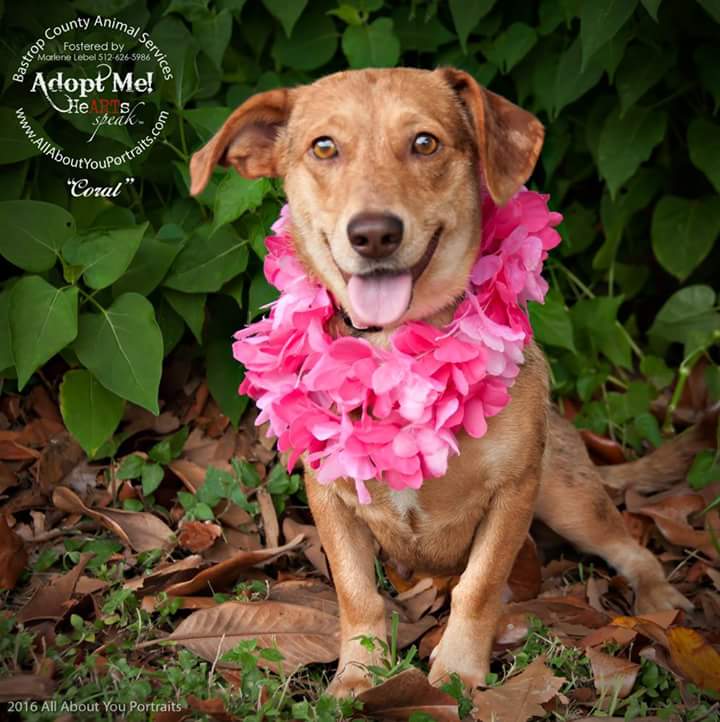
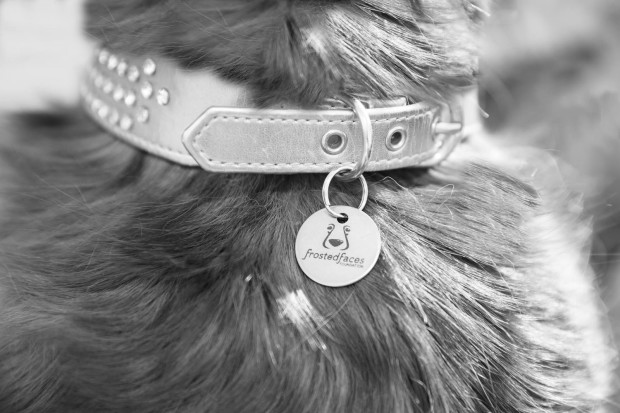
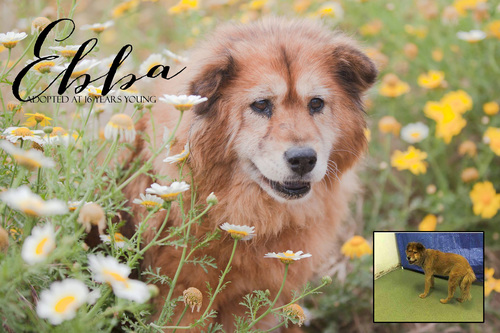
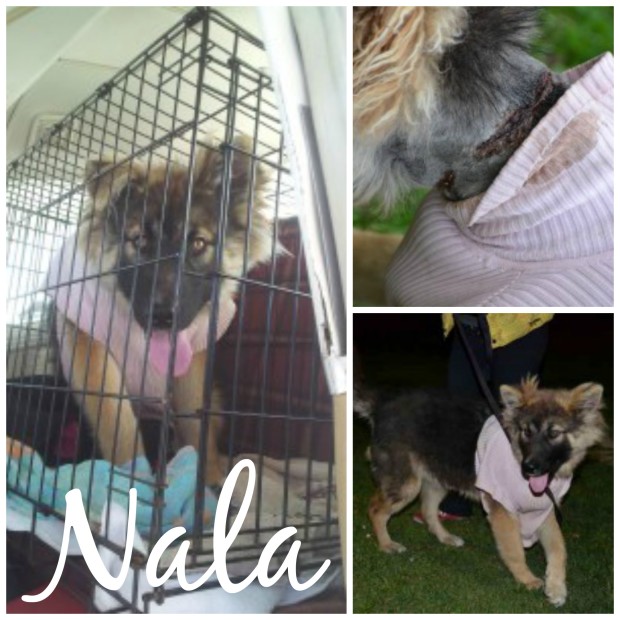


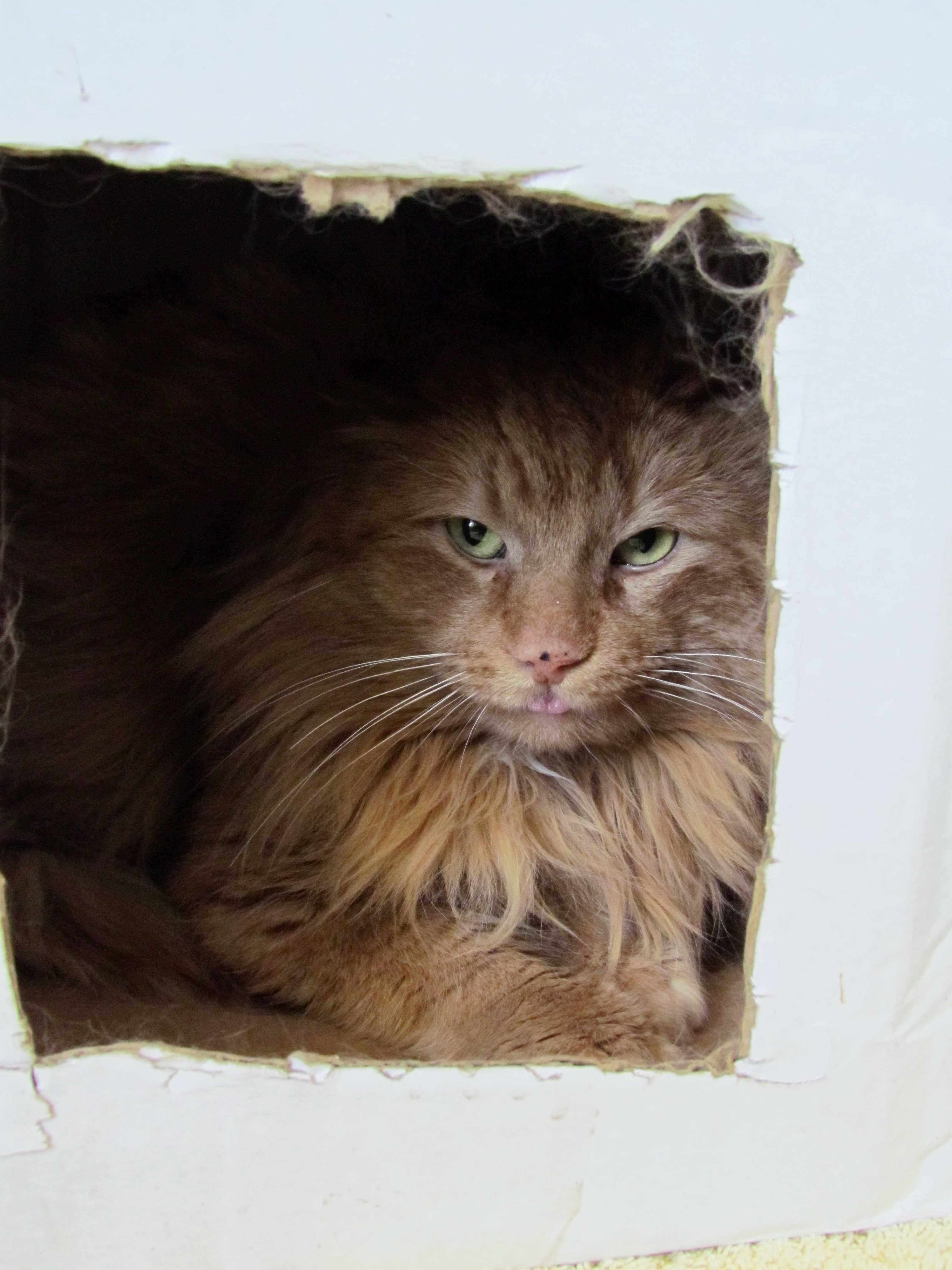






Recent Comments